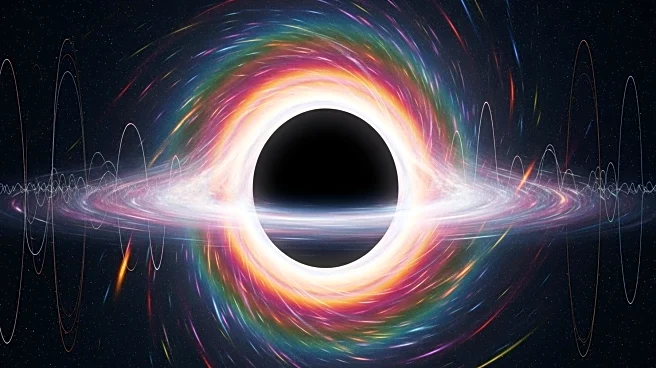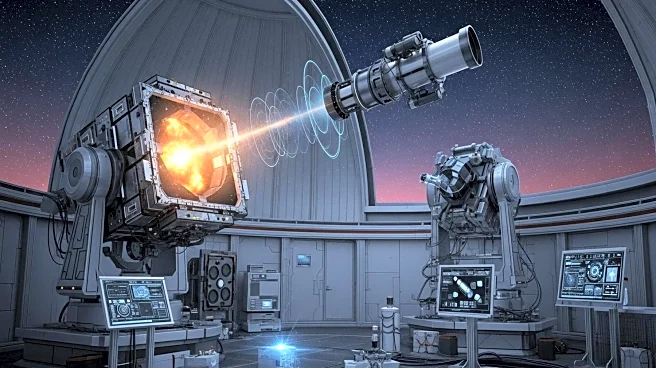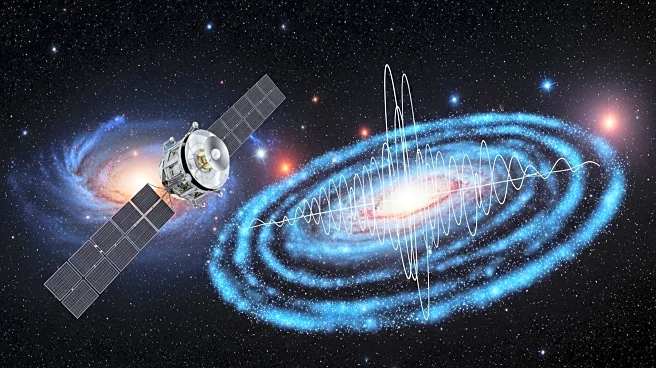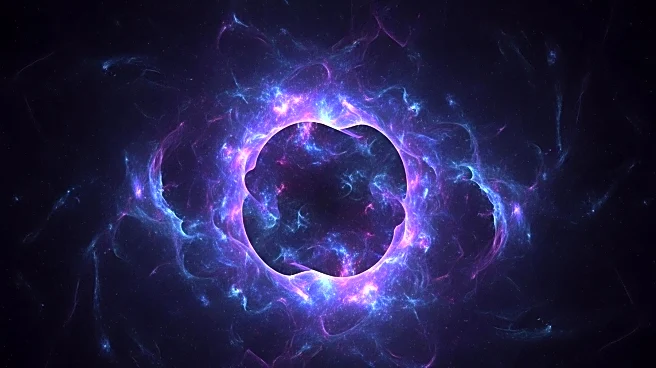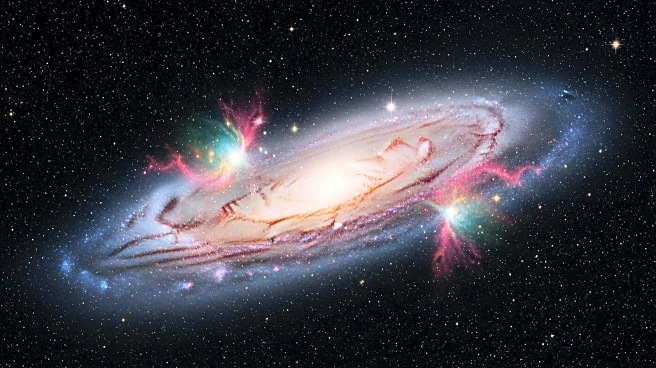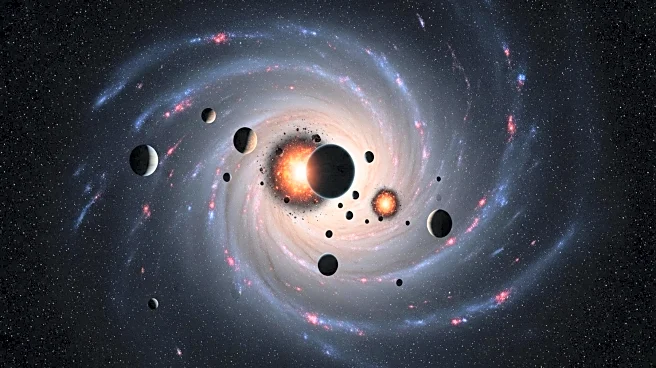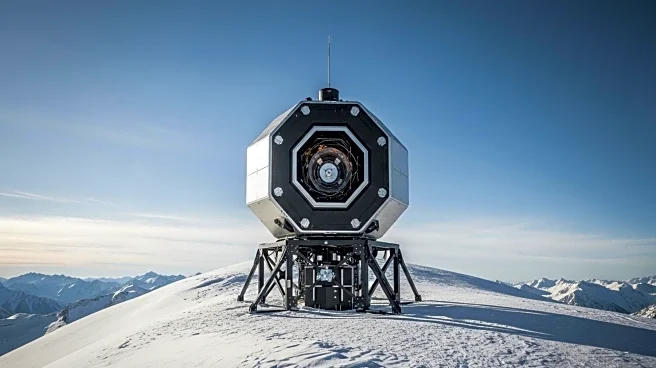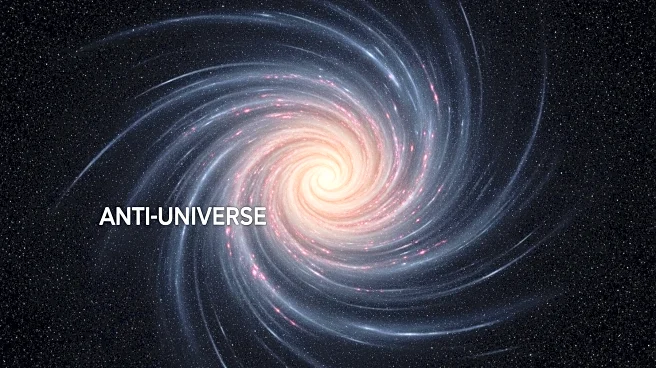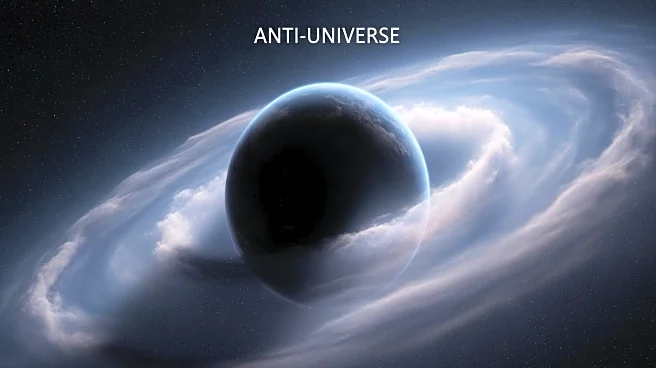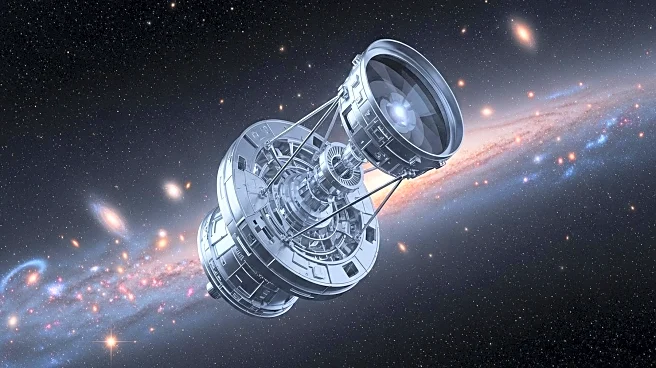What's Happening?
A team of scientists proposes using numerical relativity, a computational technique for solving Einstein's equations in high-gravity environments, to investigate the universe's origin. This approach addresses limitations of current cosmological models, which rely on simplifying assumptions that break down at the singularity of the Big Bang. Numerical relativity has successfully predicted and confirmed gravitational wave signals from black hole mergers, demonstrating its capability to handle complex spacetime scenarios. The researchers suggest that this method can potentially allow for testing hypotheses about the universe's origin, moving the study of cosmic origins from theoretical speculation to computer-based simulation.
Why It's Important?
The application of numerical relativity to study the universe's origins represents a significant advancement in cosmology. Traditional methods require simplifying the universe to make the math manageable, but numerical relativity can handle the full complexity of Einstein's theory. This approach could transform our understanding of the universe's beginnings, turning speculative theories into testable hypotheses. The success of numerical relativity in simulating black hole mergers provides confidence in its ability to tackle these new cosmic mysteries, potentially unlocking secrets of the pre-Big Bang universe.
Beyond the Headlines
Numerical relativity's ability to explore regions of spacetime previously inaccessible to traditional methods could lead to breakthroughs in understanding the fundamental nature of the universe. This computational tool may offer insights into the chaotic conditions at the universe's origin, where the laws of physics collapse. By moving cosmic origins from theory into the laboratory of a supercomputer, researchers can explore questions once relegated to speculation, potentially reshaping our understanding of the universe's history and structure.
